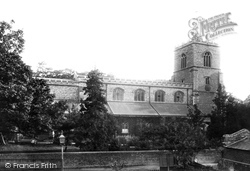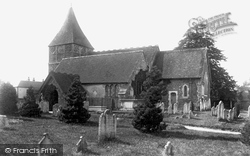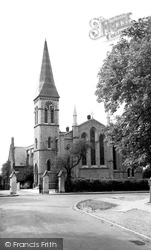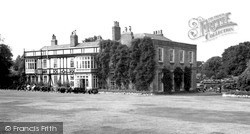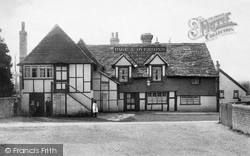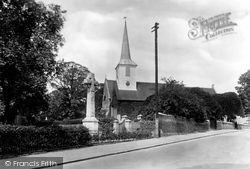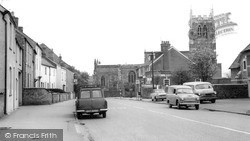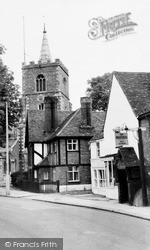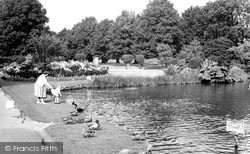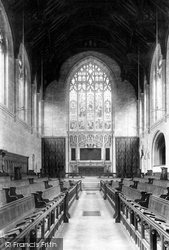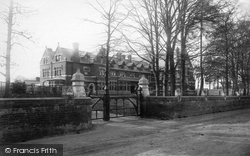Captions
32 captions found. Showing results 21 to 40.
The nave and chancel were rebuilt again in flint in the 1880s by Sir Arthur Blomfield with rainwater heads dated 1884.
A new village was born around the railway station and with it a new church, St Mary's, built in 1892 by Sir Arthur Blomfield.
The building has echoes of the Commissioners' preaching boxes so familiar around London, but in 1898 this austere quality was partly ameliorated by additions to the designs of Sir Arthur Blomfield.
Broomfield House has a complicated history.
The church suffered Victorian restoration and correction of ‘incorrect’ window tracery at the hands of Arthur Blomfield in 1881, but fortunately the 14th- century timber-framed and shingled tower and
The extensions were designed by Sir Arthur Blomfield and completed in 1886, and by and large this is the church we see today.
However, the body of the building is modest, with a faithful partial restoration in 1878 by Sir Arthur Blomfield (1829-99), whose major work was the rebuilding of the nave and south transept
The building was rebuilt and restored on a number of occasions, first in 1630 and later in 1870 to a plan by Blomfield.
As well as the usual statutory facilities, such as tennis courts and a football ground, there is an attractive series of lakes and ponds, as well as Broomfield House with its stableyard, an early 18th-century
The church was extensively restored in 1909-10 by Sir Arthur Blomfield, thanks to a gift from Robert Wright who had emigrated to America and 'made good'.
Built of Sutton and Weldon stone from designs by Sir Arthur Blomfield, it is similar in some ways to the College chapel: Perpendicular in style, divided by large buttresses but without aisles.
In 1892 the school moved to its third official home, in new buildings just up Broomfield Road (see photograph 31516, below).




